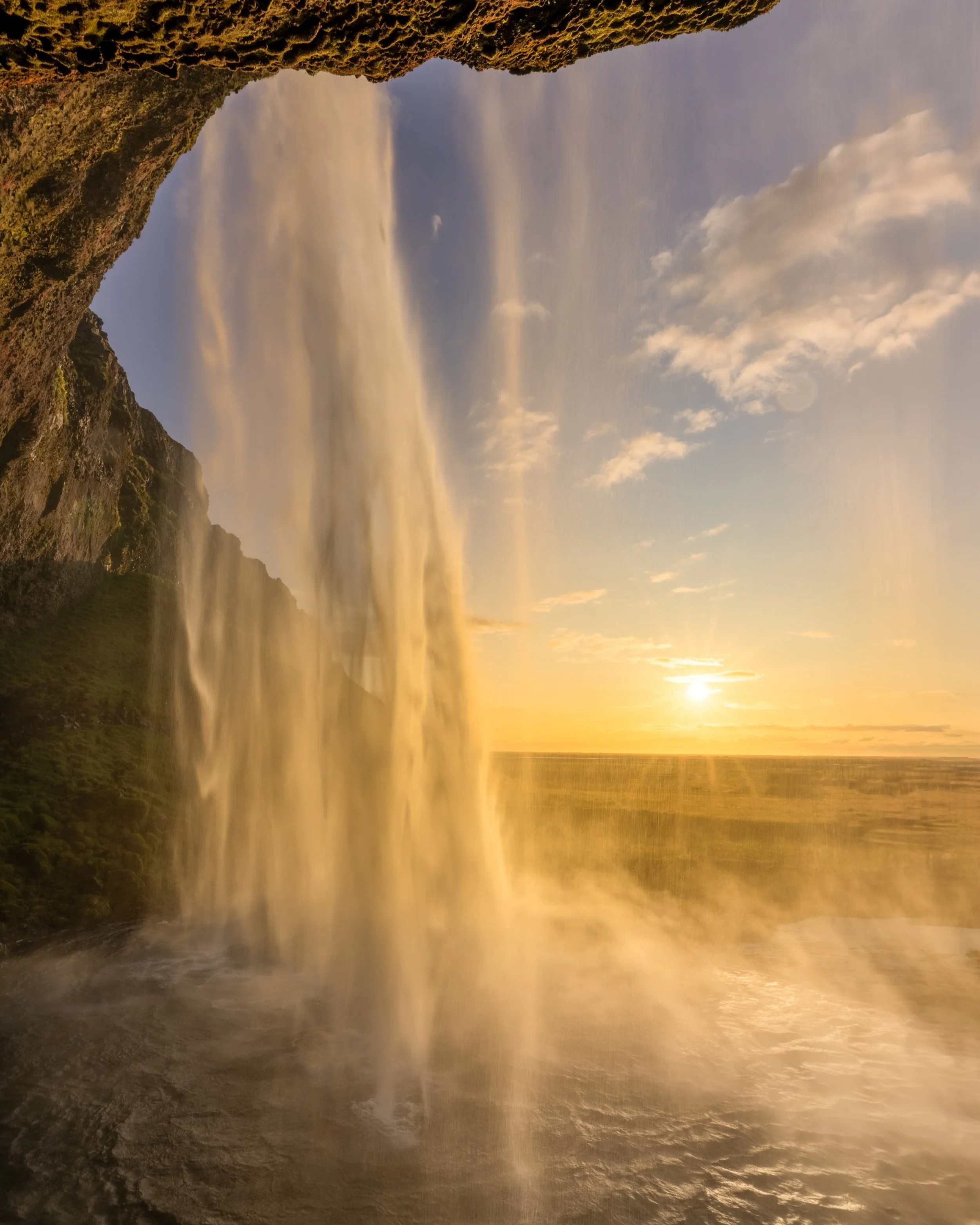Sedona Photo Bootcamp - 2026
/Are you ready to elevate your photography skills and immerse yourself in one of the most stunning landscapes in the world? Our Sedona Photo Bootcamps offer a unique, hands-on learning experience.
In October 2026, we’re excited to offer two specialized sessions:
• Beginner Bootcamp (October 19th - 24th): Ideal for those looking to master the essentials of composition, exposure, and camera settings at a relaxed pace, with plenty of support both in the classroom and the field. Click here for full details and pricing.
• Advanced Bootcamp (October 25th - 29th): Perfect for experienced photographers who want to push their creativity and technical abilities with daily challenges, in-depth Lightroom sessions, and personalized feedback. Click here for full details and pricing. [SOLD OUT]
What makes our bootcamps special?
Each session blends classroom instruction with fieldwork in Sedona’s breathtaking scenery, followed by daily image reviews to help you refine your craft with personalized feedback from two experienced instructors.
Don’t just take our word for it—check out the feedback from our previous participants:
As one participant put it:
“The experience was phenomenal, and the guidance I received completely changed the way I approach photography.”
If you’re looking for a photo workshop where you’ll grow your skills, meet like-minded photographers, and capture incredible images, this is your opportunity!
Join us and discover what makes our Sedona Bootcamps a must-attend event for photography enthusiasts.
A gallery of photos from our 2024 Boot Camp, from fellow Instructor Frank Stelges
































![We're returning to Iceland in 2026! [SOLD OUT]](https://images.squarespace-cdn.com/content/v1/5ce831aa5b98d600019959b3/1743792040516-UW3FUIJX04U7Z1VATP1P/2023-09-15+Iceland+McKay+DSC01387-ARW__DxO-dp-Pano-Edit.jpg)




